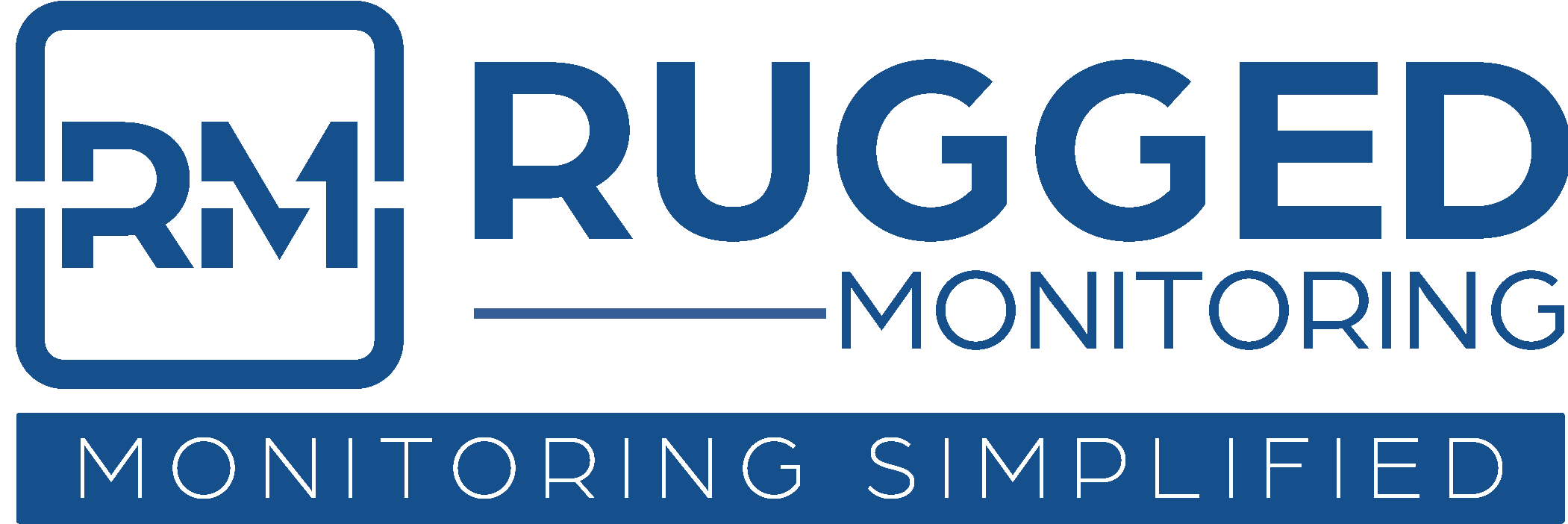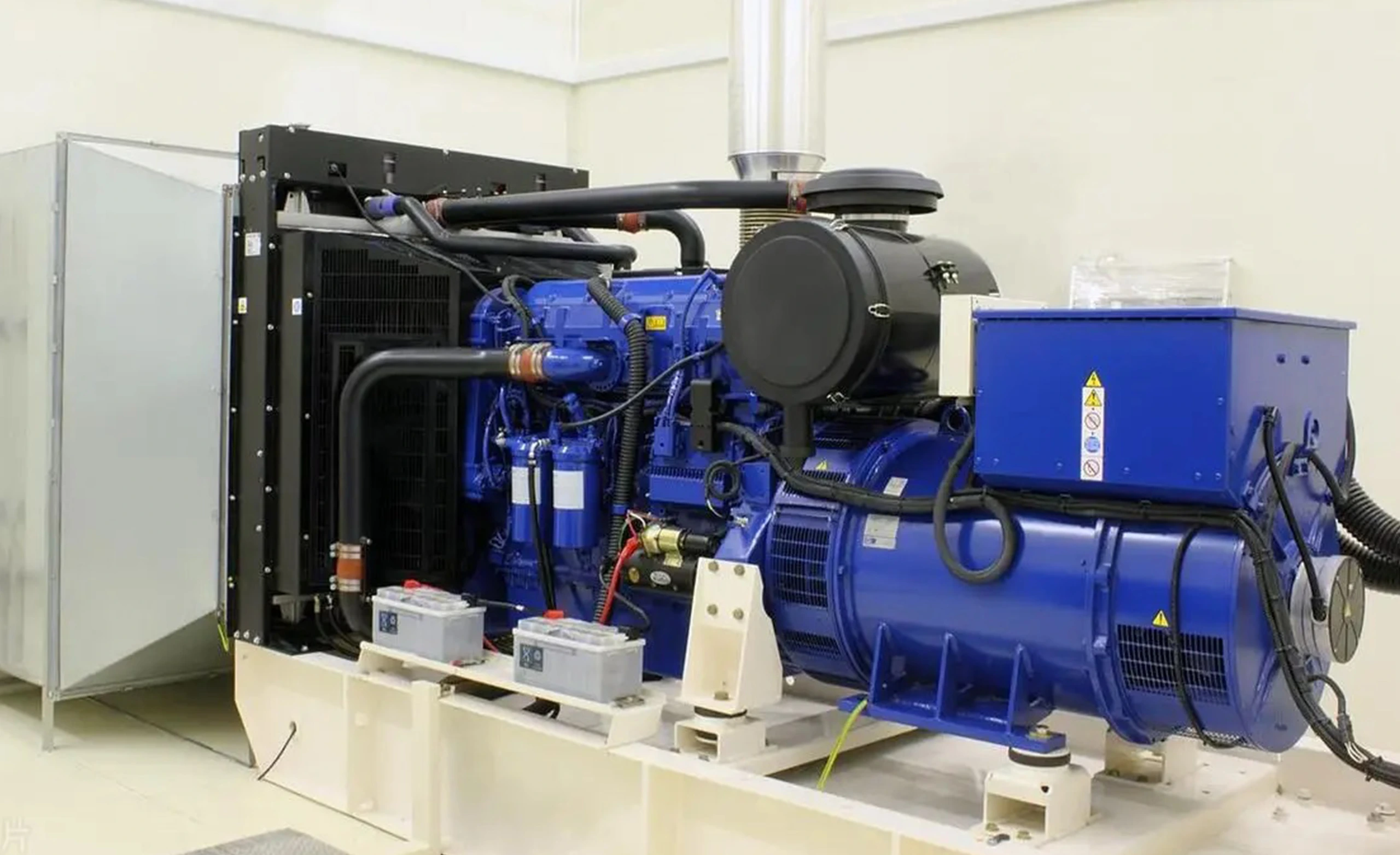In most power-driven industries, costs are often marginalized for electrical asset maintenance and asset performance management (APM) software. With priority given only to the most critical electrical equipment, such as transformers, rotating machines are often neglected. However, the role of rotating machinery goes beyond just the safe transmission of electrical energy into mechanical energy and vice versa. They are also responsible for fluid handling, motion control, and energy balance. Thus, failures attributed to rotating machines cause catastrophic events resulting in total grid lockdowns and safety issues.
All these events contribute to increased carbon emissions and reduced sustainability goals.
In this blog, we will explore the cost of rotating machine failures, the role of condition monitoring and APM systems, and their impact on ESG reports.
Why should industries invest in APM for rotating machines?
Rotating machines are required to operate continuously under extreme mechanical and electrical conditions. Over time, they develop critical faults, such as temperature hotspots, partial discharges, and electrical currents, which reduce production safety and operational efficiency. According to the IEEE “Gold Book”, Std. 493, which discusses the reliability analysis of industrial and commercial power systems, a majority of motor-generator (MG) failures are associated with electrical insulation issues.
However, most of these failures are neglected until they decrease efficiency and increase asset downtime. Traditional methods for monitoring rotating machines, such as visual inspections, reactive maintenance, and time-based maintenance schedules. All of these fail to effectively address the dynamic performance and health conditions that these machines experience in real-time. These methodologies also lack the capacity to identify internal factors such as insulation degradation, thermal changes, and other minor faults that could lead to catastrophic failures. This thereby exposes industries to significant operational risks.
But with advanced condition monitoring solutions for rotating machines such as APM, industries can proactively predict faults before they occur. APM software considers various factors, such as real-time IIoT sensor data, historical asset conditions, and operational trends, to provide data-driven analysis. Operators and asset experts can utilize these intelligent analytics to set thresholds, customize alarms, and identify weaknesses before they escalate to major faults.
The Role of Digital Transformation in Contributing to a Greener Electrical Grid
Asset performance management (APM) software is at the core of accelerating the green energy transition. By maximizing energy efficiency through proactive maintenance strategies that minimize downtime and extend asset life, APM systems support businesses’ ESG goals. They also incorporate intelligent technologies, such as Industrial Internet of Things (IIoT) sensors, Artificial Intelligence (AI), and Machine Learning (ML) algorithms. These further optimize asset performance, extend reusability or refurbishment, and enhance grid efficiency. By integrating APM solutions for effective monitoring of rotating machines, industries can ensure a more secure, reliable, and efficient energy transfer within the power grid.
Features of APM that contribute towards ESG goals:
- APM Dashboards: APM dashboards include automated management, regulatory reports, enhanced workflows, and performance KPIs. These advanced features are intuitive and customizable, ensuring enterprise-level assessment. Thus, making it easier to deploy and monitor goals along with electrical asset monitoring.
- Digital Twin Capability: By simulating real-world scenarios of failures based on real-time and historical data, APM can predict and prevent catastrophic faults before they occur. This contributes to lower carbon emissions by improving asset health and performance.
- AI-Driven Analytics:Enterprise-level APMs are AI-ready infrastructures for monitoring electrical assets. They enhance the ability of assets, such as rotating machines, to monitor their health and performance in high-demand scenarios. They utilize real-time IIoT sensor data and historical data (online & offline) to predict performance patterns, operational trends, and detect anomalies that basic condition monitoring systems may miss.
- Real-Time Alerts: APM ensures the proactive maintenance of rotating equipment by providing the option to set thresholds and customizable alarms accordingly. It also ensures easy accessibility to alerts via SMS, Email, or mobile applications, to accelerate fault diagnosis and ensure asset efficiency. By allowing predictive maintenance of rotating machines, APM minimizes downtime, improves asset life, and contributes to a more sustainable power grid.
- Cybersecurity: APM systems adhere to industry standards for maintaining data security and corporate governance, ensuring a more resilient electrical asset management system.
Impact of APM on ESG for Rotating Machines
APM technologies for rotating machines contribute to a low-carbon power grid by improving asset lifecycle, enhancing safety, and maximizing the capability to prevent waste in energy transmission and distribution.
- Reduced Carbon Emissions- With the ongoing threat of the climate crisis, businesses are choosing to invest in APM systems that monitor asset health and performance in real-time. Through continuous assessment, APM provides indications of factors such as insulation degradation due to higher power consumption, CO2 emissions, and elevated temperatures, all of which may contribute to increased carbon emissions.
- Mitigate Failures- APMs’ advanced analytics, such as health index, risk index, and criticality index, provide data-driven decisions for fault identification and categorization, mitigating rotating equipment failures before they occur. Through these intelligent tools, asset experts and engineers can predict asset longevity, resource depletion, and contribute to the overall reusability of rotating machines in the power grid.
- Reduced O&M Costs- By making the most of existing rotating equipment with data-driven analytics for asset age and remaining lifetime assessment, organizations can balance energy loads, shift response times, and ensure responsible O&M practices. By mitigating resources and optimizing operations, APM reduces costs associated with decreasing the carbon footprint of assets.
Enterprise-level APM systems, such as Rugged Monitoring’s RM EYE, enable overall energy efficiency and digital transformation of industries by offering a carbon-neutral approach to electrical asset management.
Asset Performance Management (APM) systems for load-intensive electrical equipment like rotating machines are a necessary addition that contributes to its long-term maintenance and strategy. By ensuring asset sustainability and reliability through data-driven decisions, APM helps create a greener, ESG-friendly electrical grid.




